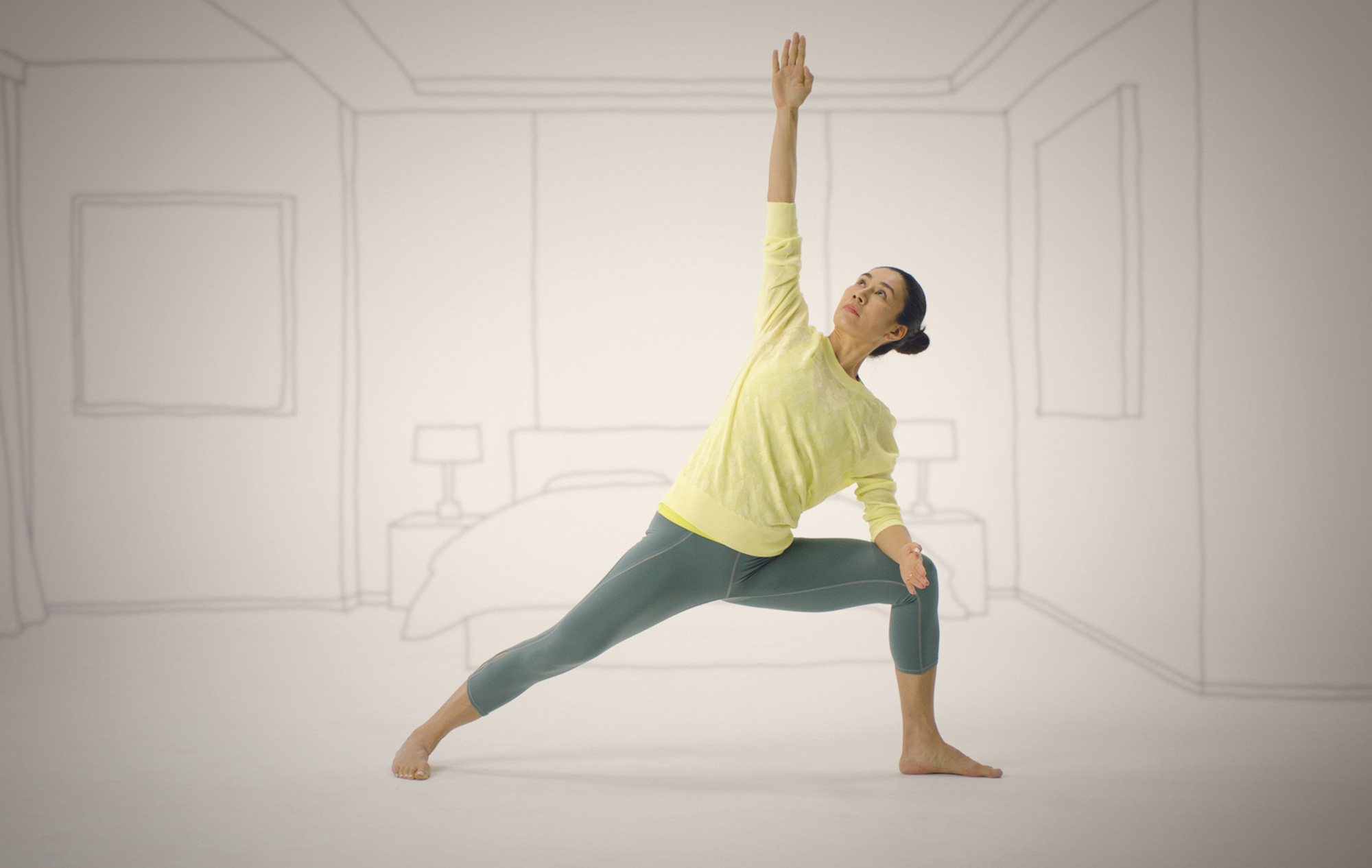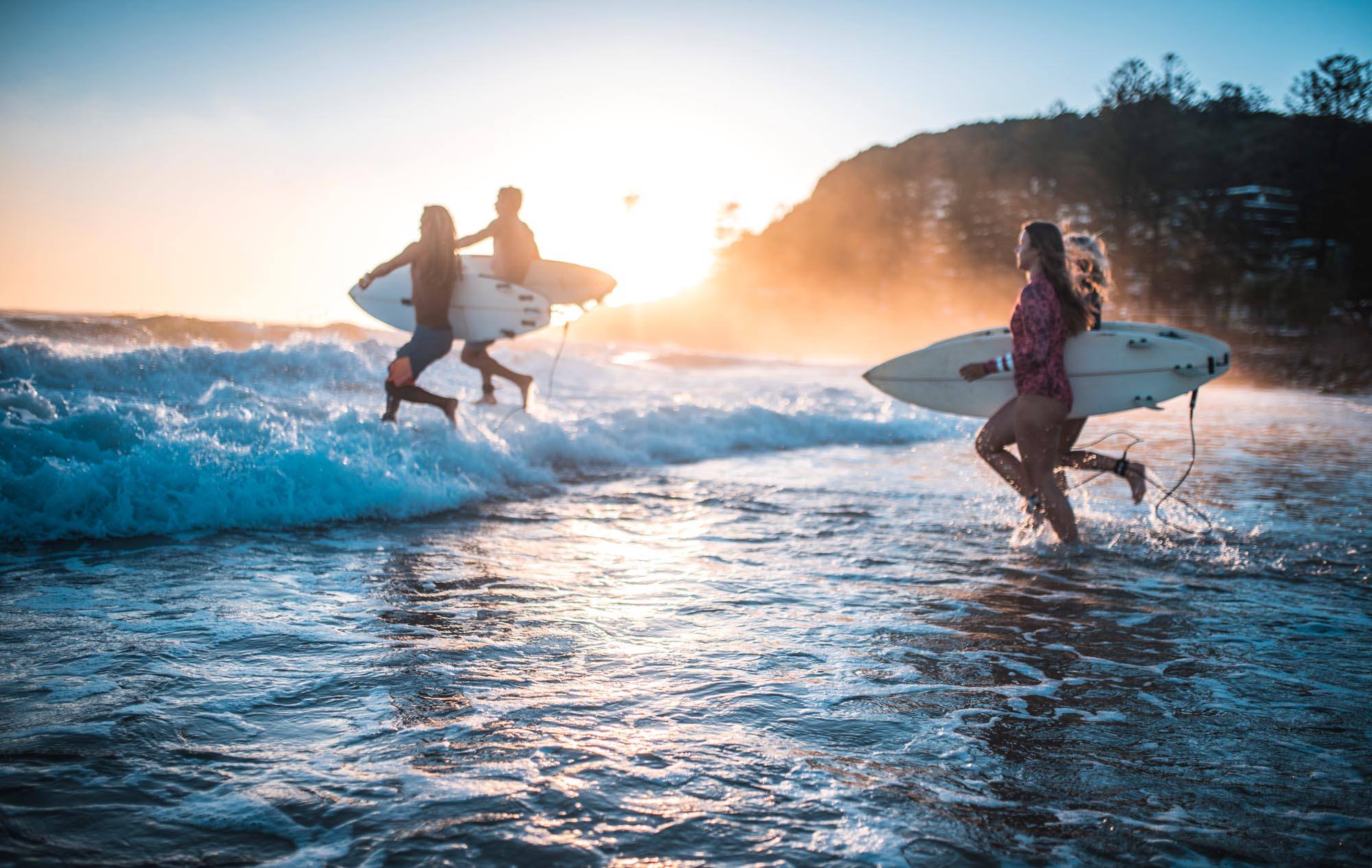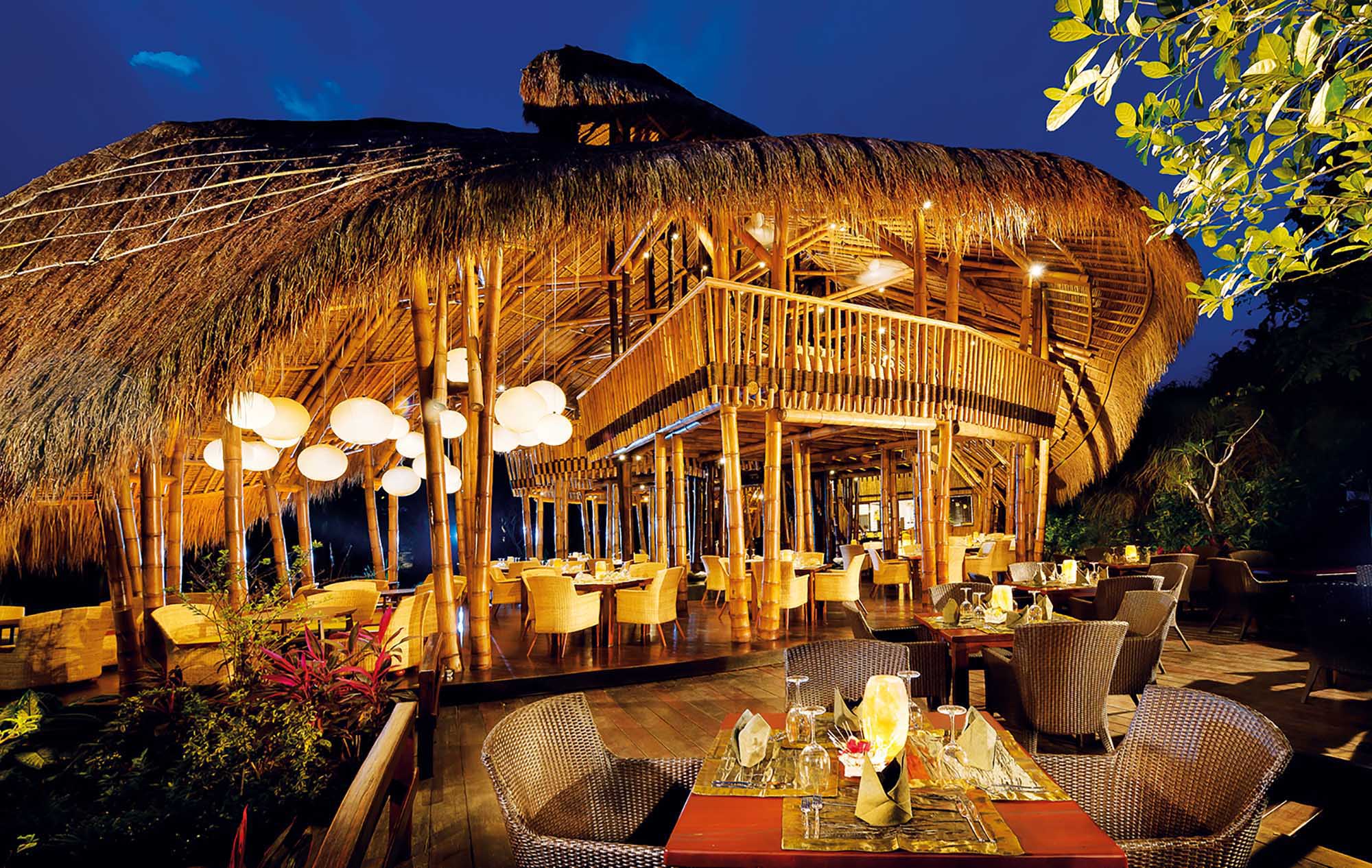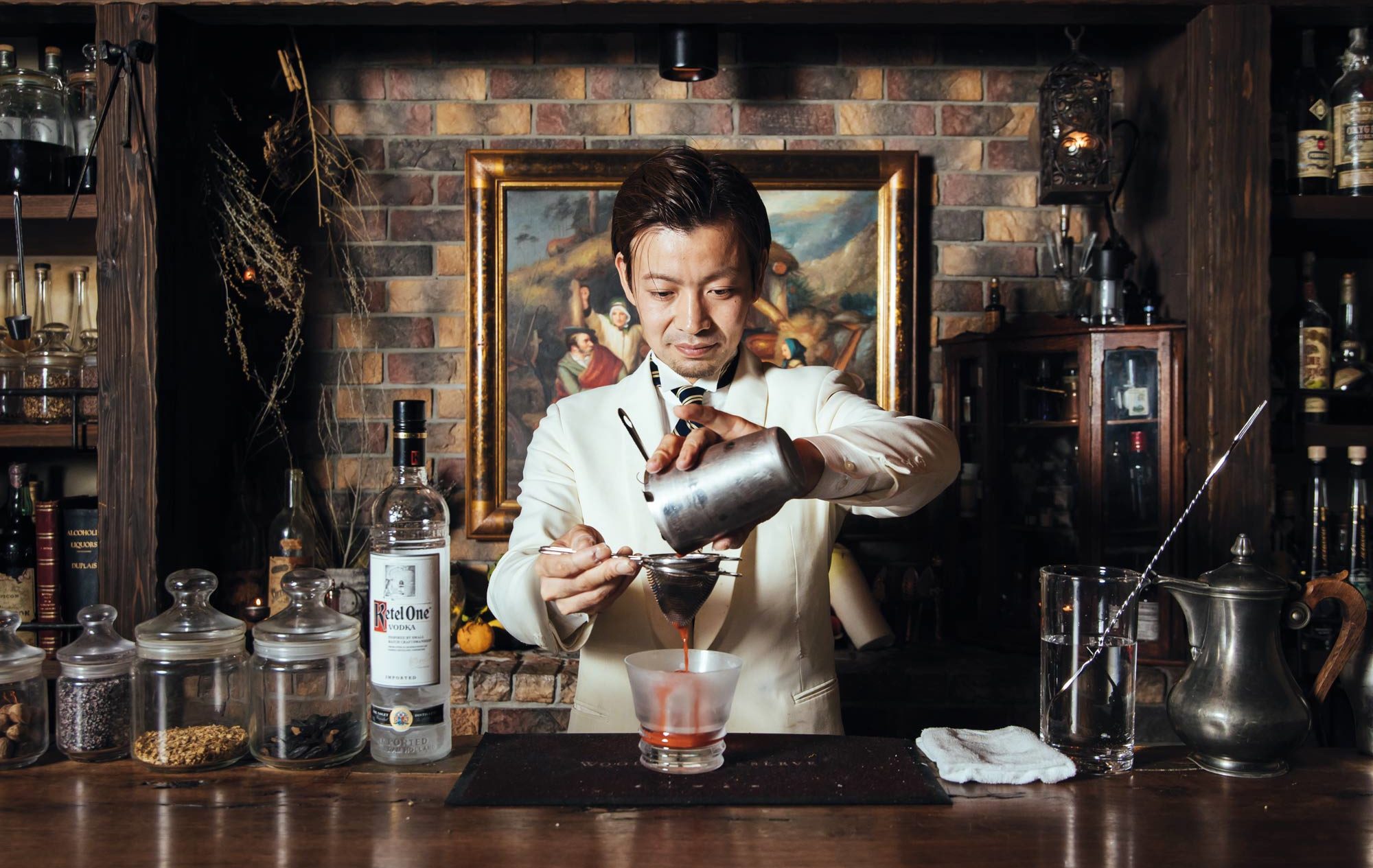In this month’s issue of Discovery we looked at how pursuing wellbeing has become a big factor in people’s travel and holiday choices. But for most of us, travelling means flying – and flying takes its toll on our bodies. Jetlag, dehydration and motion sickness are common afflictions; a much more serious condition, deep vein thrombosis, is thankfully extremely rare.
As the number of people flying continues to rise, staying healthy in the air is taken increasingly seriously by the world’s wellbeing bodies. The World Health Organisation has a special section dedicated to air travel on its website, advising on everything from a decrease in cabin pressure to cosmic radiation. ‘Air travel, particularly over long distances, exposes passengers to a number of factors that may have an effect on their health and wellbeing,’ it says.
For Cathay Pacific, the idea that wellbeing permeates every area of travel is encapsulated in the Life Well Travelled brand promise. Passengers can find more information on the dedicated health and safety pages on Cathay Pacific’s website – and within this magazine.
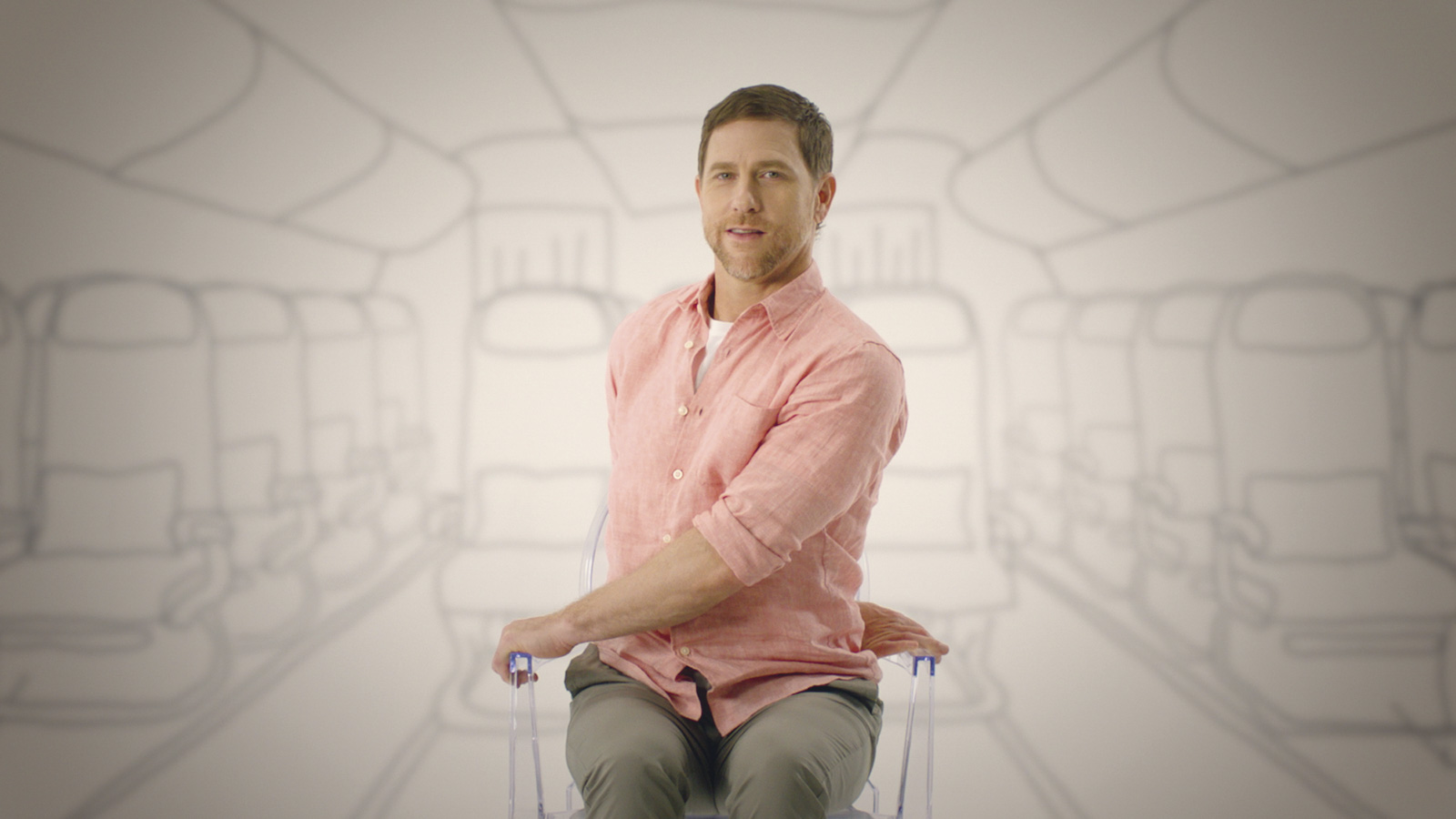
This month, Cathay Pacific kicks off a new partnership with Pure Yoga, a leading yoga studio in Asia. It has produced six videos, available in English, Cantonese, Mandarin and Japanese on the inflight entertainment system, which teach some simple yoga poses and meditation techniques. Pure Yoga’s experienced teachers – like founding teachers Patrick Creelman and Almen Wong (above) – take passengers through a series of animated poses, with voiceover from members of Cathay Pacific’s cabin crew, for them to do onboard to stay healthy and relaxed.
There’s an added benefit for Marco Polo Club members thanks to the partnership. They benefit from a complimentary upgrade to an all-Asia pass when re-signing and upgrading to a 12-month Hong Kong All Locations Pure Yoga Fitness Package, as well as a 50 per cent discount on the joining fee.
‘We all know that sitting still for a long period of time can be dangerous to your health. The need to get up, move and get your blood pumping is important during a flight,’ says Simon Cuthbert, entertainment, platforms and connectivity manager at Cathay Pacific. ‘Yoga is an innovative way to do this. Even inflight, the exercises can easily be done from an economy seat while other moves are best saved for after the flight in your hotel.’
Lara Murison is an occupational health specialist in Cathay Pacific’s corporate medical team, which advises the airline’s employees and passengers on everything heath and wellbeing related.
Her team oversees the guidance on how to enjoy your flight – and how to both prepare and wind down from it.

While guidance varies depending on the duration of the flight, the general advice is to stay hydrated (choosing water and decaffeinated drinks) and stretch or walk every few hours to relieve muscle ache and stiffness. Most importantly: try to relax.
This guidance includes the food we should (and shouldn’t) eat. Avoid ‘gas-forming’ food and drinks – and if you want to sleep, choose a carbohydrate-loaded meal and avoid caffeinated drinks, which make us feel more awake. Alcohol might make us feel drowsy, but even one glass can lead to disrupted sleep. And if you want to stay awake, choose protein-rich meals.
How about the eternal question of sleep? ‘Try to get a good night’s rest the day before your flight to avoid accumulation of being sleep deprived,’ says Murison. ‘Bring along a travel pillow to support your neck during sleep, an eye mask to block out light and ear plugs to block out sound.’

Murison adds: ‘It is better to wear generously cut, comfortable clothes made from natural fibres for air travel and comfortable shoes or boots with sufficient room to accommodate a small amount of swelling which may occur after long periods of sitting.
‘Use moisturiser on your skin and lips to prevent dehydration, and pack eye drops to treat dry eyes and prevent eye irritation. Consider removing your contact lenses and using glasses inflight, as the air could be dry during long flights,’ she adds.
There are other wellbeing initiatives as part of the Life Well Travelled promise – starting with the introduction of the Airbus A350 aircraft that has been rolled out to the airline’s most popular routes including Auckland and San Francisco. The high-spec aircraft is quieter, has better cabin pressure and offers more room, meaning passengers disembark feeling healthier and more refreshed. In addition, Cathay Pacific’s airport lounges across the network encourage pre-flight wellbeing, with massages in the first class lounges and dedicated quiet zones. More recently, the airline announced it is trialling a new mattress topper in business class on some routes in an effort to improve the comfort and sleep quality of passengers.
If you’ve been sitting still and reading this article for the past few minutes, watch one of the Pure Yoga videos to get your blood pumping.

‘The intention is to show these moves can be done anywhere just with a seat or a wall,’ says Cuthbert. ‘We also wanted the videos to be calming and relaxing. It’s all part of Cathay Pacific’s commitment to help passengers live a Life Well Travelled. Staying healthy both in the air and on ground is an important component of that.’



